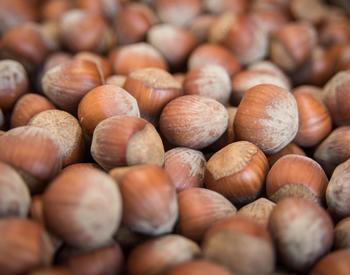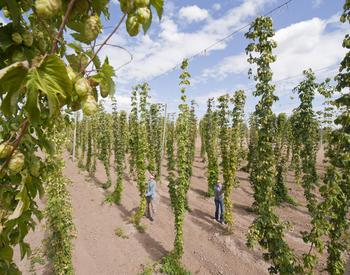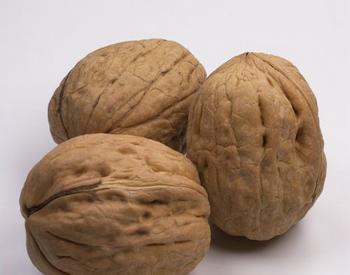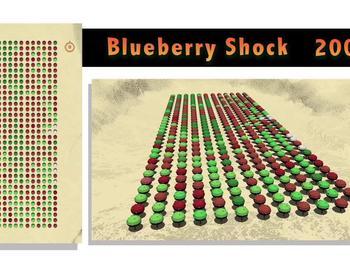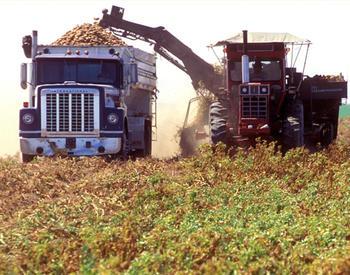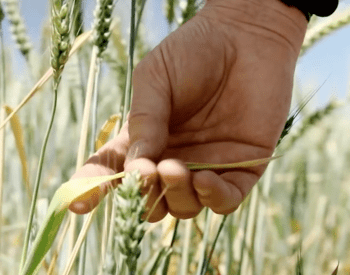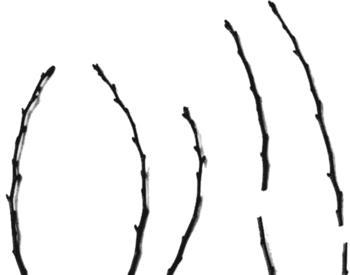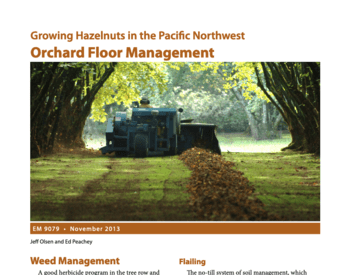Eastern filbert blight (EFB) is a fungal disease that has infected many hazelnut orchards in Oregon and Washington. Historically, the pathogen had been restricted to the Great Lakes and Appalachian regions of North America. In 1970, EFB was found in a hazelnut orchard near Vancouver, Washington, and since then it has spread south into Oregon's Willamette Valley.
The Pacific Northwest hazelnut industry came back from the devastating impacts of EFB with resistant varieties developed by the OSU Hazelnut Breeding Program: 'Jefferson,' 'Theta,' 'Dorris,' 'Yamhill,' 'McDonald,' and 'Wepster' – each with the Gasaway gene for resistance to EFB. Now some of those varieties are showing signs of infection, notably aggressive cankers.
Fully-developed stromata and the production of ascospores are reproducing on resistant plant material. Stromata are the raised, football-shaped bumps that erupt through the bark. The stromata produce the ascospores that become airborne. The ascospores start new infections on growing shoots during wet periods in spring.
By the end of 2023, aggressive EFB infections appeared only in the northern Willamette Valley. The survey area ranges from west of Woodburn to north to Donald and Hubbard. In the past, EFB made big jumps between orchards and it's very difficult to predict the spread of this disease. In the current limited survey1 , we saw a spread north to adjacent plantings.
The infected orchards released significant numbers of spores for years. EFB shows no visual sign of disease until the second season after infection.
Growers in the vicinity should plan on implementing a full EFB management program. This includes:
- Pruning of diseased wood.
- Destroying infected wood by burning or chipping.
- Implementing a fungicide spray program commencing between budswell and budbreak.
Growers with orchards outside the initial focus region might also put in place a management program. Susceptible varieties could host a more aggressive pathogen without any symptoms. The infections could originate with planting stock from elsewhere – the full extent of the issue is unclear, however. Other EFB threats to resistant varieties remain. Imports from other states despite controls, and pressures from interplanting with or next to orchards with susceptible varieties, increase the likelihood that a new strain could emerge.
Fortunately, we have a solid understanding of EFB biology and effective management strategy. Many growers successfully manage EFB on susceptible varieties through pruning and spraying.
Use these resources to understand the EFB biology and management recommendations:
- "The PNW Plant Disease Management Handbook."
- "2023 Hazelnut Pest Management Guide."
- The Eastern Filbert Blight Help Page
How to report
OSU Extension needs help to scout for EFB in resistant hazelnut varieties. Winter is the best time to scout for cankers. Please report any aggressive EFB infections in resistant varieties by contacting Nik Wiman, OSU Extension orchard specialist or Jay Pscheidt, OSU Extension plant pathologist for questions or to report severe EFB symptoms with fully developed stromata.
When contacting OSU Extension to report, please include:
- Contact information
- Location
- Variety
- Age of planting
- Estimated percentage of trees infected.
We are specifically focused on EFB symptoms on resistant varieties that are showing black stromata, possible flagging of leaves and evidence of aggressive canker growth.
For years, we observed occasional EFB infections on varieties with single-gene Gasaway resistance. Often, these infections occur on very young trees and symptoms fade with maturation. Sometimes perennial EFB cankers take hold in trunks, which can kill the tree, or in branches. These EFB infections do not produce fully developed stromata. The absence of fully developed black stromata on EFB cankers indicates active resistance. Growers do not need to report these non-spreading infections as they are not the concern. Find photos of this non-spreading form in PNW Plant Disease Management Handbook.
For more in-depth explanations and research details, see the information alert on the Eastern Filbert Blight help page.
- 1Oregon State University, members of the Oregon Hazelnut Commission (OHC), the Nut Growers Society (NGS), the Industry Office, and experienced growers examined the EFB infections. Research is ongoing, but all have expressed a high level of concern and alarm about the severity of these infections. These symptoms are comparable to infections that are familiar from highly susceptible varieties like Ennis.
